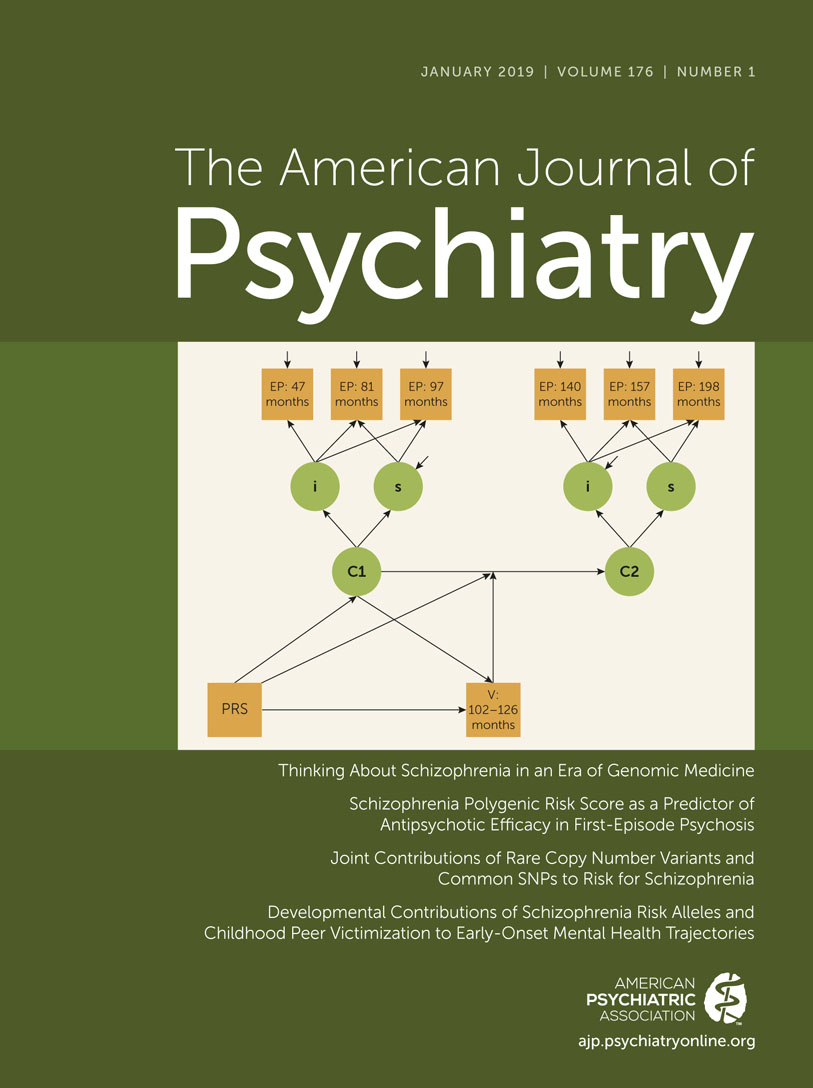Misuse of Immediate-Release Stimulants: Response to Diller
To the Editor: We appreciate Dr. Diller’s thoughtful letter, which emphasizes clinical recommendations regarding stimulant prescribing, especially the importance of minimizing immediate-release stimulants that appear to be the most misused formulations. We provide some additional information to address this topic. The purpose of our recently published article was to simultaneously examine the prevalence and correlates of overall prescription stimulant use, misuse, use disorders, and motivations for misuse in the U.S. adult population (1). The 2015 and 2016 National Surveys on Drug Use and Health include immediate-release methylphenidate and amphetamine as well as multiple other formulations (Table 1). The full list of medications (along with pill images) are provided as a memory aid during the survey interview. However, analyzing specific formulations is not recommended because of potential recall bias and reporting errors by respondents who may not recognize the subtle labeling differences. Some researchers have reported that for adults with attention deficit hyperactivity disorder (ADHD), immediate-release methylphenidate is an effective treatment (2), and immediate-release amphetamine is as effective as sustained-release amphetamine (3). Researchers also have reported that among adults ages 18–49, the prevalence of nonmedical use is much higher for immediate-release than extended-release ADHD medications (4). We agree with Dr. Diller that the clinical indications for prescribing immediate-release stimulants for treating ADHD need to be better specified. Future research should examine the use, misuse, use disorders, and motivations for misuse of immediate-release methylphenidate and amphetamine among both youths and adults in the United States.
| Subtype | Controlled Substances Act Schedule | Comments |
|---|---|---|
| Amphetamine products | II | Subtype includes Adderall, Adderall XR, Dexedrine, Vyvanse, generic dextroamphetamine, generic amphetamine-dextroamphetamine combinations, generic extended-release amphetamine-dextroamphetamine combinations, or similar products that respondents specified for past-year misuse. Vyvanse is included because its active ingredient (lisdexamfetamine) is metabolized to dextroamphetamine. |
| Methylphenidate products | II | Subtype includes Ritalin, Ritalin SR, Ritalin LA, Concerta, Daytrana, Metadate CD, Metadate ER, Focalin, Focalin XR, generic methylphenidate, generic extended-release methylphenidate, generic dexmethylphenidate, generic extended-release dexmethylphenidate, and any other stimulant containing methylphenidate that respondents specified for past-year misuse. |
| Anorectic (weight-loss) stimulants | III or IV | Subtype includes Didrex, benzphetamine, Tenuate, diethylpropion, phendimetrazine, phentermine, or similar products that respondents specified for past-year misuse. Didrex, benzphetamine, and phendimetrazine are schedule III controlled substances. Tenuate, diethylpropion, and phentermine are schedule IV controlled substances. |
| Provigil | IV | The active ingredient is modafinil. The drug is prescribed to improve wakefulness in adult patients with excessive sleepiness associated with narcolepsy, obstructive sleep apnea, or shift-work disorder. |
| Any other prescription stimulant | — | Includes use or misuse of stimulants containing other active ingredients. |
TABLE 1. Prescription stimulant subtypes assessed in the 2015 and 2016 National Surveys on Drug Use and Health
1 : Prevalence and correlates of prescription stimulant use, misuse, use disorders, and motivations for misuse among adults in the United States. Am J Psychiatry 2018; 175:741–755Link, Google Scholar
2 : Immediate-release methylphenidate for the treatment of ADHD in adults. Am Fam Physician 2015; 91:445–446Medline, Google Scholar
3 : Amphetamines for attention deficit hyperactivity disorder (ADHD) in adults. Cochrane Database Syst Rev 2018; 8:CD007813Medline, Google Scholar
4 : Nonmedical use and diversion of ADHD stimulants among U.S. adults ages 18–49: a national Internet survey. J Atten Disord 2015; 19:630–640Crossref, Medline, Google Scholar



